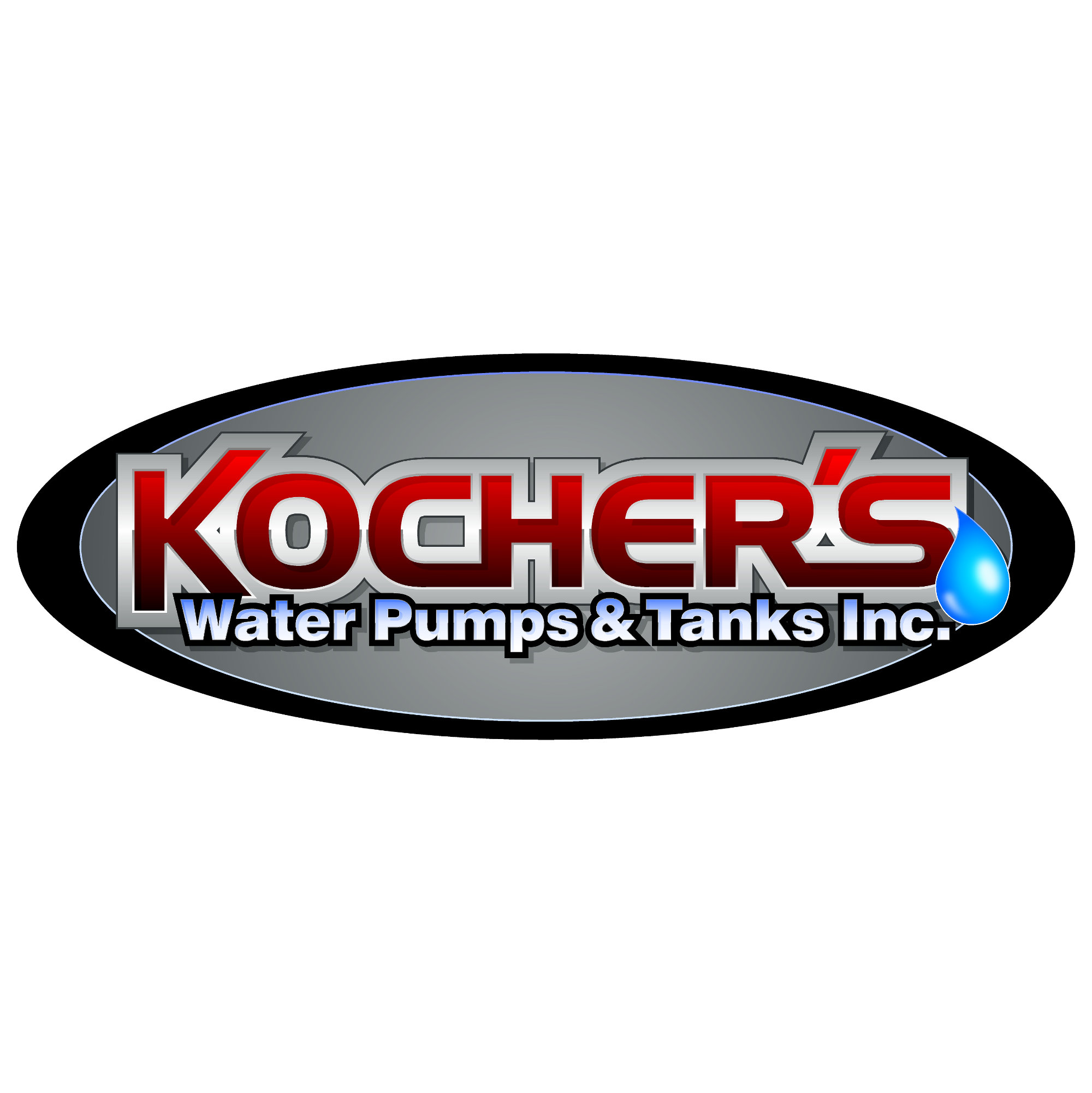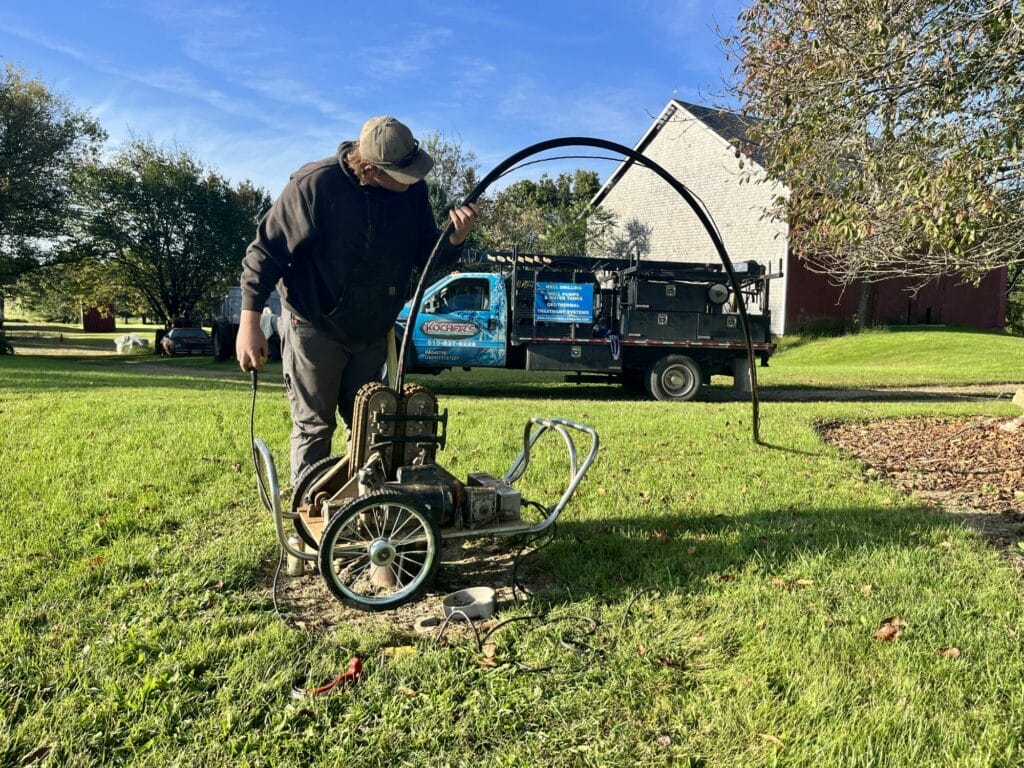Have you ever wondered how to breathe new life into an old water well? Ensuring the safety and efficiency of your water supply is paramount, and this guide is designed to empower you with the knowledge needed for well restoration. From initial inspections to advanced cleaning techniques, we cover everything you need to revitalize your water source.
Key Insights You’ll Discover:
- The essential steps for conducting a thorough initial inspection of your well.
- Innovative cleaning processes to clear debris and ensure clear water flow.
- The importance of regular maintenance and sustainable practices for long-term well health.
Whether you’re dealing with sediment buildup or seeking to enhance water quality, our expert-driven advice, tailored to the specifics of Lehigh Valley, PA, will guide you through the process of restoring your well for sustainability and purity.
Let’s dive into the essential knowledge and practical steps to ensure your well remains a reliable source of clean water.
Understanding Your Well’s Condition: A Guide to Reviving Your Water Supply
Restoring an old well is crucial for ensuring the safety and efficiency of your water supply. The process begins with a comprehensive inspection to determine the well’s current state and identify any necessary repairs. Here are key steps to evaluate and restore your well’s health:
Initial Inspection Checklist:
- Examine the well cap and well casing for any signs of damage or wear.
- Measure the depth of the well and static water level to assess water availability.
- Check for debris from the well that may affect water quality.
- Inspect pipes and hoses to ensure a secure and leak-free water delivery system.
Restoring a well often involves cleaning and possibly repairing or replacing parts of the well system that are not functioning correctly. This includes:
- Pump the water using a hose until water runs clear, indicating that most sediments have been removed.
The Restoration Process: Ensuring Your Well’s Optimal Performance
Revitalizing your well involves a meticulous cleaning and flushing regimen, crucial for maintaining a pristine water supply directly from the groundwater. Our comprehensive approach includes:
- Removing Debris: Clearing the bottom of the well of any obstructions to prevent clogging and ensure the screen remains unobstructed.
- Flushing the System: Employing high-pressure techniques to cleanse the well, enhancing the diameter’s integrity and ensuring the seal is intact.
- Testing Water Quality: Rigorous inspection for contaminants to guarantee your water is safe for consumption.
- Inspecting Equipment: Examining the submersible pump, valves, and other critical components to ensure they’re operational and provide enough water efficiently.
By adhering to these steps, we ensure that your well is not just restored but revitalized, offering a reliable and sustainable water source. Stay ahead with regular maintenance and embrace the peace of mind that comes from knowing your well can always “get the water” you need.
Reviving Your Water Well System
Optimizing your water well system not only enhances water quality but also ensures long-term sustainability. Here’s how to keep your system at peak performance:
- Pump and System Upgrades: Consider these upgrades for improved efficiency:
- Upgrade your well pump to a model with better suction and capacity.
- Install a larger diameter pressure tank to accommodate more gallons of water, ensuring a steady supply.
- Add water filtration systems, using chlorine or acid treatments when necessary, to galvanize the cleanliness and purity of your well water.
- Seeking Professional Assistance: Expert intervention is recommended for:
- Complex sediment removal, ensuring your well water remains clean.
- Casing repair, employing advanced drilling techniques for lasting solutions.
By integrating these strategies, you’ll revitalize your well water system, ensuring it provides clean, sustainable water for years to come.
Maintaining Your Restored Well
To ensure your restored well continues to provide a reliable water supply, engage in proactive maintenance and adopt sustainable practices. This includes:
- Routine Maintenance:
- Schedule regular inspections with a trusted contractor to assess well integrity.
- Conduct water quality testing to detect contaminants early.
- Implement cleaning strategies using high pressure to loosen deposits, ensuring your well is free of slime and blockages.
- Sustainability Practices:
- Seek expert advice on downhole maintenance to prevent long-term issues.
- Use sustainable plumb and jet methods to minimize environmental impact while maintaining efficiency.
- Consider advanced solutions for deposit removal and system longevity.
Embracing these practices guarantees the health and sustainability of your well, securing your water supply for the future.
Securing Your Water’s Future: Final Thoughts and Actionable Steps
To wrap up our comprehensive guide on revitalizing your old water well, let’s underscore the essential practices and insights that will safeguard the longevity and purity of your water supply:
- Crucial Insights for a Sustainable Well:
- Inspection: Regularly assess well cap, casing, and water levels.
- Debris Removal: Keep the well clear to ensure free water flow.
- Advanced Cleaning: Use high-pressure methods for thorough cleansing.
- Water Testing: Regular checks for contamination are imperative.
- System Upgrades: Enhance your setup with improved pumps and filtration.
Employing these strategies effectively marries traditional know-how with modern techniques, ensuring your homestead’s water well remains a dependable resource. As you embark on this journey, remember, that the expertise of a seasoned driller and the right contractor can be invaluable, especially for intricate issues that DIY methods cannot resolve.




